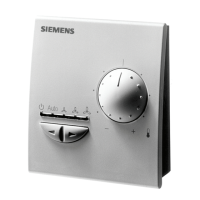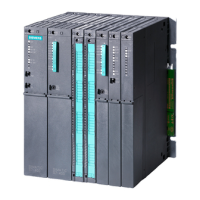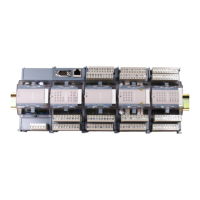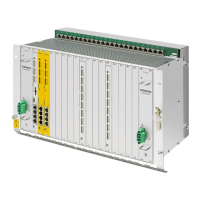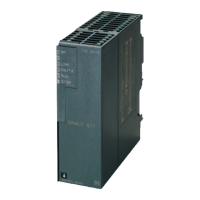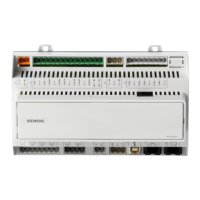Communications configuring
System- and communication configuring D7-SYS - SIMADYN D 3-147
Edition 12.2003
3.14.3 Exchanging process data
3.14.3.1 Transmitting
You must configure the CTV function block so that you can transmit
process data. Bus
Select the "Refresh" mode as the data transfer mode, i.e. always the
most up to date data are available to you at the receive side.
At connection AT, configure a unique channel name for this data
interface.
• If you have configured, using virtual connections, more data than
specified at connection PZD of function block @USS_S, then this
excess data is
cut-off.
•
If you have configured, using virtual connections, less data , than are
specified at the PZD connection of function block @USS_S, then the
telegram is
filled-up with "0s".
•
The transmit telegram is started asynchronously to the sampling time
of the CTV function block after a telegram has been received.
Please refer to the "Manual, configuring the communications D7-SYS,
Chapter communications utility, process data" for additional configuring
rules when transferring process data.
3.14.3.2 Receiving
In order that you can receive process data, you must configure the CRV
function block
. Bus
Select the "Refresh" mode as the data transfer mode, i.e. always the
most up to date are available to you at the receive side.
At connection AR, configure a unique channel name for this data
interface.
• If you have configured, using virtual connections, more data than
specified at connection PZD of function block @USS_S, then this
excess data is
cut-off.
•
If you have configured, using virtual connections, less data , than are
specified at the PZD connection of function block @USS_S, then the
telegram is
filled-up with "0s".
•
The transmit telegram is received asynchronously to the sampling
time
of the CRV function block, i.e. the sampling time of function block
CRV is the max. deadtime between receiving and processing data.
Please observe:
Please note:
